Why Do Some Leads Cost More Than Others? 7Ten Dives In.
Some leads cost more than others due to several factors, including lead quality, marketing channels used, target audience specificity, and industry competition. High-quality leads—those more likely to convert into paying customers—typically require more resources to acquire, leading to a higher cost per lead (CPL). Additionally, highly competitive industries or niche audiences increase the cost because of the effort required to reach the right prospects and the investments needed to stand out in the market.
For example, home remodeling or roofing companies need tailored approaches to reach homeowners planning significant projects, making their CPL higher than industries with broader target audiences.
- Explore how targeted lead generation helps reduce costs in roofing: Roofing Lead Generation.
What is Lead Cost?
Lead cost refers to the amount spent on generating a single lead, usually measured by Cost Per Lead (CPL). This metric helps businesses understand the efficiency of their marketing efforts. To calculate CPL, divide the total marketing spend by the number of leads generated.
CPL Formula:
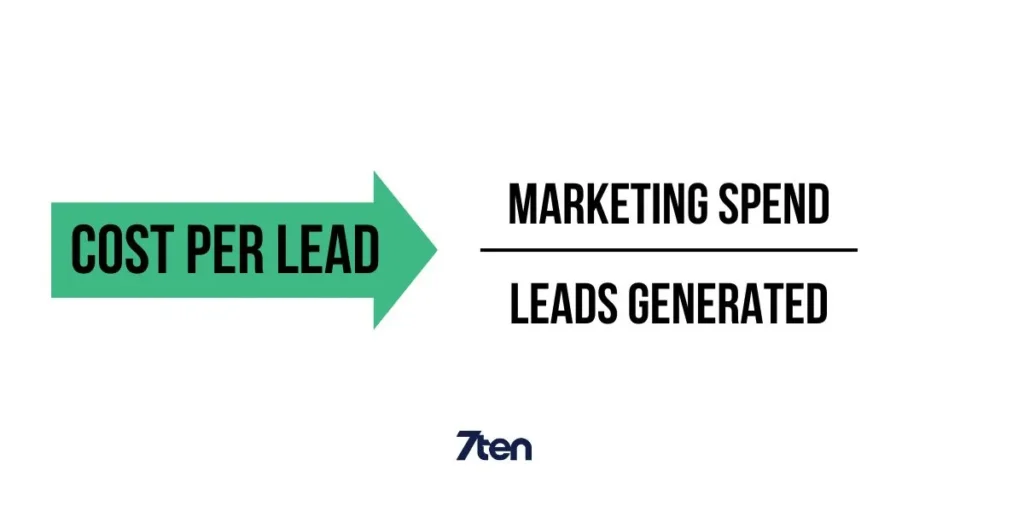
A higher CPL can indicate inefficiencies or suggest that a business is focusing on high-quality leads, which naturally cost more to acquire. Conversely, a lower CPL often means that a business is efficiently generating leads but may need further refinement to ensure the quality of those leads.
For an in-depth explanation of CPL and its importance, check out the article on how CPL affects business strategy.
Marketing Qualified Leads (MQLs) vs. Sales Qualified Leads (SQLs)
Marketing Qualified Leads (MQLs) are leads who have shown interest in your product or service, such as downloading a brochure or signing up for a newsletter. They are still in the research phase and need nurturing to move further down the sales funnel.
Sales Qualified Leads (SQLs), on the other hand, are more likely to convert because they’ve expressed clear buying intent. These leads are closer to making a purchasing decision, making them more expensive to acquire but offering higher conversion potential.
- Learn about lead nurturing strategies for HVAC businesses: HVAC Marketing.
Why Some Leads are More Expensive: The Key Drivers
Several factors contribute to why some leads are more expensive than others, especially in industries like construction, home remodeling, and roofing:
Quality of the Lead
High-quality leads cost more because they are more likely to convert into customers. In industries like home building or luxury remodeling, a quality lead might be someone looking to invest in a long-term, high-cost project. Acquiring these leads requires more advanced targeting and marketing tactics such as personalized email campaigns, account-based marketing, and retargeting ads.
- Explore high-quality lead generation for home builders: Home Builder Advertising.
For additional resources on defining lead quality, check out this article on understanding lead scoring.
Marketing Channels Used
Different marketing channels affect CPL. Paid channels, such as Google Ads or social media ads, generally have higher CPLs than organic methods like SEO or content marketing. However, paid channels generate quicker results. For instance, industries like plumbing or water restoration often rely on paid ads to acquire leads in real-time during emergency situations.
On the other hand, SEO and content marketing are more cost-effective in the long run. By optimizing for high-intent search queries related to HVAC repairs or home remodeling projects, businesses can drive consistent, lower-cost leads over time.
- Learn how SEO can reduce CPL in home remodeling: SEO for Remodelers.
Audience Complexity
Targeting niche audiences or complex demographics increases the cost of acquiring leads. For example, high-net-worth individuals interested in luxury renovations require specialized marketing efforts. Using platforms like LinkedIn or high-end SEO strategies to target these affluent groups will increase the cost of acquiring a single lead.
- Explore how audience targeting affects CPL for architects: Digital Marketing for Architects.
Industry Competition
Industries with high competition, such as roofing or construction, tend to have higher CPLs. This is often due to businesses competing for the same prospects on Google Ads or social media platforms. To stand out, companies need to increase their marketing budget or utilize advanced strategies like retargeting and local SEO.
To dive deeper into how industry competition impacts lead generation, check out this guide on managing competitive markets.
Key Factors That Affect the Cost of a Lead
In summary, the following key factors affect the cost of a lead:
- Lead Quality: High-quality leads cost more due to their greater conversion potential. SQLs, in particular, come at a premium.
- Marketing Channels: Paid channels (like Google Ads) cost more but generate immediate results. Organic methods, such as SEO, are more cost-effective over time.
- Audience Targeting: Niche or complex audiences increase lead costs. Targeting specific demographic or geographic groups requires more refined strategies.
- Industry Competition: In industries with many competitors, like roofing or HVAC, CPL is typically higher due to aggressive bidding for ad placements.
- Lead Nurturing: The resources needed to nurture leads through personalized email campaigns or retargeting also contribute to higher CPL.
In-Depth Analysis of Factors Influencing Lead Costs
Quality vs. Quantity in Lead Generation
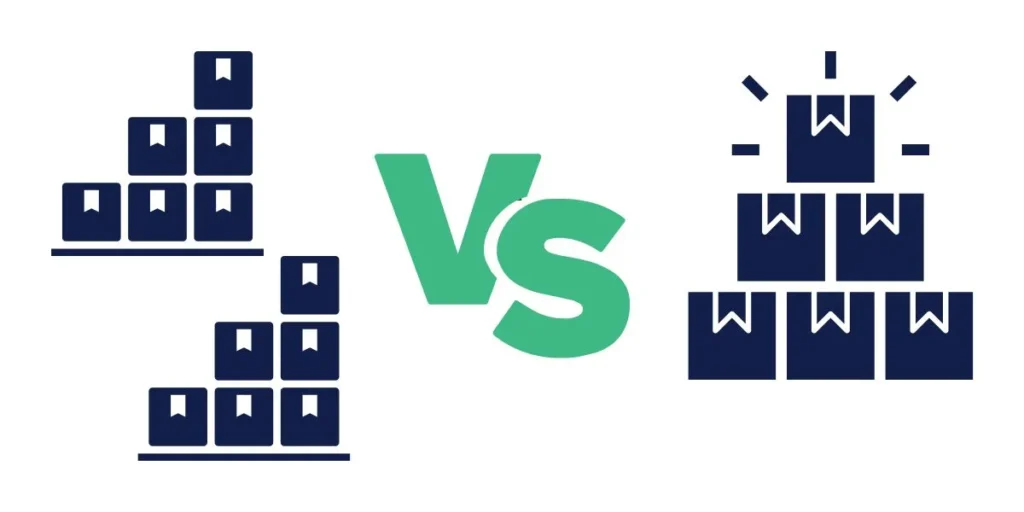
What Defines Lead Quality?
A high-quality lead, often referred to as a Sales Qualified Lead (SQL), demonstrates clear buying intent and aligns with your ideal customer profile (ICP). These leads tend to convert at higher rates but come at a higher cost per lead (CPL). In industries such as home remodeling, HVAC, and roofing, acquiring SQLs is crucial because the sales cycle often involves higher investments from the customer.
For example, home builders and roofing companies need high-quality leads who are actively searching for large-scale projects like a new roof installation or a home remodel. Such leads require more personalized marketing approaches, including tailored ads and targeted content.
- Learn how to attract SQLs in remodeling: Marketing for Remodeling.
- For HVAC contractors, see how SEO can help improve lead quality: SEO for HVAC Contractors.
For a deeper dive into building SQLs, check out this guide on Sales Qualified Leads.
Marketing Qualified Leads (MQL) vs. Sales Qualified Leads (SQL)
Understanding the difference between Marketing Qualified Leads (MQLs) and Sales Qualified Leads (SQLs) is crucial for effective lead generation. MQLs are typically in the early stages of the buying process, while SQLs are closer to making a purchasing decision.
Businesses like general contractors or plumbers often see value in SQLs since these leads are more likely to result in a sale, though they come at a higher cost. In contrast, MQLs might engage with blog content or request information but still need nurturing to convert.
- Explore more about SQLs for home services: Home Services Marketing.
| Lead Type | Stage in Funnel | CPL | Conversion Potential |
|---|---|---|---|
| MQL | Early-stage | Lower | Requires nurturing |
| SQL | Ready-to-buy | Higher | Higher likelihood to convert |
Why High-Quality Leads Cost More
High-quality leads require targeted marketing, which involves higher upfront costs. Acquiring SQLs often means investing in tools like retargeting ads, account-based marketing (ABM), and personalized email campaigns. Industries like roofing or water restoration often benefit from these higher investments because they yield better conversion rates.
For example, retargeting ads for a roofing company might show ads to homeowners who visited the company’s site after a storm but did not convert, reminding them of emergency repair services.
- Discover how retargeting boosts lead quality for roofers: Roofing Lead Generation.
For a deeper understanding of account-based marketing, see this guide on ABM.
Marketing Channels and Their Cost Implications
Paid vs. Organic Lead Generation
The marketing channels you choose can significantly impact your CPL. Paid ads like Google Ads and Facebook Ads offer immediate lead generation, but they come with higher costs, especially in competitive industries like HVAC or plumbing. On the other hand, organic channels such as SEO and content marketing take longer to yield results but provide a sustainable, lower-cost lead flow in the long run.
- Learn how SEO helps reduce lead costs in HVAC: SEO for HVAC Contractors.
- For roofers, SEO can also be a highly effective long-term strategy: SEO for Roofers.
For more insights into the differences between paid and organic channels, explore this article from Neil Patel.
Cost Breakdown by Channel
Different marketing channels come with varying CPLs. Here’s a breakdown of typical CPLs for common channels:
- Google Ads: Higher CPL but generates quick leads, useful for emergency services like HVAC or water restoration.
- SEO: Lower CPL but takes time to build, ideal for industries like home remodeling and construction where clients typically plan projects well in advance.
- LinkedIn Ads: Best for B2B lead generation, but often more expensive.
- Explore how we optimize paid channels for general contractors: PPC for General Contractors.
| Channel | CPL Range | Lead Volume | Advantages |
|---|---|---|---|
| Google Ads | $100 – $300 (HVAC) | Immediate, high volume | Fast lead generation, highly targeted |
| SEO | $30 – $50 | Slow, scalable | Cost-effective long-term solution |
| Facebook Ads | $30 – $200 (Roofing) | Quick, broad reach | Effective for awareness campaigns |
For more insights on how CPL varies by channel, check out this article on channel performance.
Impact of Marketing Automation
Using marketing automation tools like HubSpot or Marketo can further reduce lead nurturing costs while improving efficiency. Automation is especially useful for home services companies that need to maintain continuous engagement with prospects. Tools like these can help HVAC contractors send personalized follow-up emails, while home builders can track and segment leads based on their project timelines.
- See how automation reduces lead nurturing costs for HVAC: HVAC Marketing.
For more information on marketing automation and how it reduces CPL, check out this Salesforce marketing automation guide.
Audience Targeting and Complexity
Target Audience Complexity
The more complex or niche your target audience, the harder and more expensive it is to acquire leads. For example, targeting high-net-worth individuals for luxury home remodeling projects requires a specialized approach, often involving luxury SEO or high-end PPC campaigns.
- Explore how we target high-value leads for home builders: Home Builder Advertising.
The Role of Customer Segmentation
Customer segmentation is crucial to improving lead quality and reducing costs. By dividing your audience into segments—such as geography, income levels, or service needs—you can create highly personalized campaigns. For instance, plumbers can target different messaging for emergency repair services versus routine maintenance, ensuring that the right message reaches the right audience.
- Learn more about segmentation strategies for plumbers: SEO for Plumbers.
To dive deeper into segmentation strategies, explore this article from HubSpot.
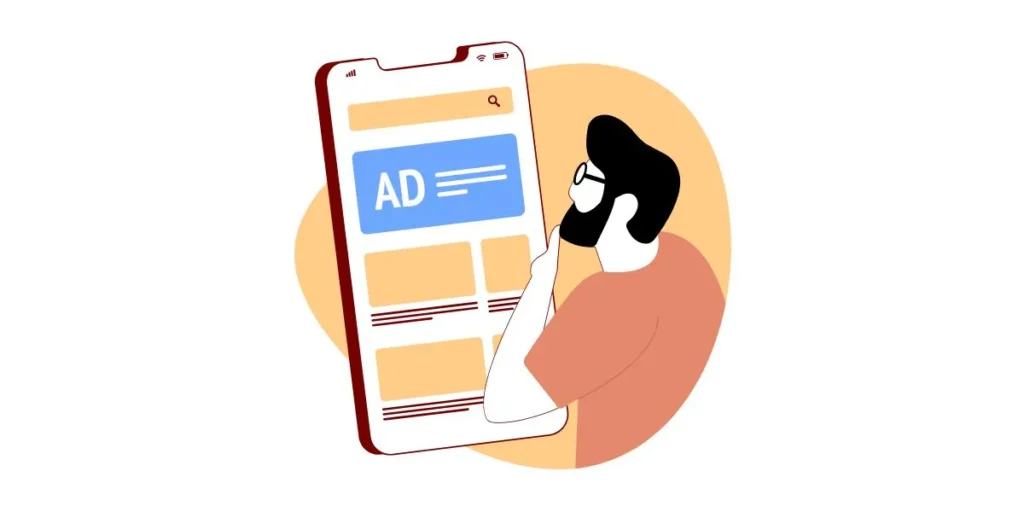
Geographic and Demographic Factors
Geographic and demographic targeting can greatly affect CPL. Targeting high-income neighborhoods or specific age groups for services like interior design or landscaping often yields higher-value leads, though these are typically more expensive to acquire.
- Check out strategies for geographic targeting in landscaping: Digital Marketing for Landscapers.
Industry-Specific Lead Generation Costs (continued)
Regulatory Challenges and Compliance
Industries such as construction, water restoration, and home services face specific regulatory hurdles that can increase lead generation costs. For instance, adhering to safety standards or licensing requirements in local jurisdictions might require businesses to navigate complex marketing landscapes that demand higher investments. While 7Ten Marketing typically focuses on industries outside healthcare and finance, companies in plumbing, HVAC, and general contracting also face compliance requirements that affect their lead costs.
Regulations such as GDPR in Europe, for example, affect how companies collect and manage leads, which can make lead generation more complex and expensive.
For more insights into compliance in marketing, you can refer to this guide on GDPR for marketers.
- Learn how marketing for contractors can navigate industry challenges: Marketing for Contractors.
High vs. Low-Ticket Sales Impact on CPL
Businesses selling high-ticket items—such as luxury home remodeling projects or enterprise-level construction services—often experience higher CPL due to longer sales cycles and more personalized nurturing efforts. For example, home builders targeting high-net-worth individuals must invest in premium content marketing and luxury SEO to attract quality leads who are ready to commit to big projects.
On the other hand, low-ticket services like routine plumbing maintenance or HVAC repairs often come with lower CPL because these services require less intensive nurturing and have shorter decision-making cycles. However, the challenge in these industries is generating a high volume of leads to maintain profitability.
- Explore strategies for high-ticket home builder services: Home Builder SEO.
- Learn about marketing for water restoration services: Water Restoration Marketing.
For further reading on how ticket prices affect CPL and lead nurturing, you can check out this article on high-ticket sales strategies.
Strategies to Optimize Lead Costs
How to Reduce Lead Costs Without Compromising Quality
Reducing cost per lead (CPL) while maintaining high-quality leads is essential across industries like home remodelers, roofers, plumbers, and HVAC contractors. By employing effective strategies, businesses can lower costs while ensuring the leads they acquire are primed for conversion.

Improving Targeting and Personalization
Improving targeting ensures that marketing campaigns focus on the right prospects, which reduces wasted spend on unqualified leads. For industries like home remodeling and contractors, refining customer avatars—detailed profiles that outline key customer attributes—can significantly enhance targeting. By personalizing outreach to meet the specific needs of these customers, businesses can ensure that their ads resonate better and yield higher conversions.
For more in-depth insights on building customer personas, check out this guide on creating buyer personas.
- Explore how targeting can reduce CPL for remodelers: Marketing for Remodeling.
Leveraging Paid Ads and Low-Cost Channels
Paid ads, such as Google Ads or Facebook Ads, deliver quick results but come at a higher CPL, particularly in competitive sectors like roofing or water restoration. These industries often need immediate leads due to the nature of their services. Effective management of paid ads—by focusing on specific services or narrowing down geographic locations—can help control the cost.
To further understand how paid ad bidding works and how to optimize for lower CPL, explore this Google Ads bidding guide.
SEO is an effective long-term strategy for reducing CPL by driving organic traffic. By creating SEO-optimized content for services like roofing repairs or home remodeling, businesses can rank for relevant searches and bring in a steady flow of qualified leads without the ongoing costs of paid ads.
- Learn more about how SEO helps reduce CPL in HVAC: SEO for HVAC Contractors.
- SEO for plumbers can also be highly effective for reducing lead costs: SEO for Plumbers.
| Channel | Average CPL | Advantages |
|---|---|---|
| Google Ads | $100 – $300 (HVAC) | Immediate, highly targeted results |
| Facebook Ads | $30 – $200 (Roofing) | Cost-effective, scalable, fast |
| SEO | $30 – $50 | Long-term, sustainable lead flow |
Marketing Automation and AI Tools
Using marketing automation tools like HubSpot or Marketo can significantly reduce the time and cost involved in nurturing leads. Automation helps businesses streamline follow-up processes, sending personalized email sequences or retargeting ads to prospects, ensuring no lead slips through the cracks. For roofers or general contractors, automated retargeting can be especially effective in converting leads who have already shown interest but have not yet committed to a purchase.
To understand the full potential of marketing automation, check out this comprehensive guide.
AI-driven insights further improve efficiency by predicting lead behavior and providing data on which prospects are most likely to convert, ensuring marketing efforts are focused on high-quality leads.
- Learn how marketing automation can help streamline lead nurturing: HVAC Email Marketing.
Retargeting and Lead Nurturing
For industries like roofing, water restoration, and landscaping, retargeting plays a key role in re-engaging potential leads who have already visited your website or clicked on an ad. By showing retargeting ads to users who expressed interest but didn’t convert, businesses can reduce the cost of acquiring new leads while keeping their brand top-of-mind.
Explore more about retargeting best practices here.
Similarly, lead nurturing can help move prospects further down the sales funnel by sending personalized content over time. For home builders or remodelers, nurturing campaigns that provide educational content on the renovation process can help guide prospects toward a purchase decision.
- Learn more about nurturing strategies for home services: Home Services Marketing.
Choosing the Right Lead Generation Model
The right lead generation model can dramatically affect CPL and overall conversion efficiency. Whether you’re working in HVAC, plumbing, or construction, selecting the right approach based on your business goals will significantly impact your lead generation results.
Pay-Per-Lead Models
Pay-per-lead models ensure that businesses pay only for leads generated, which can result in a higher upfront cost but immediate results. This model works particularly well for industries with immediate service needs, such as roofing after a storm or plumbing during emergencies.
For more insights on the pros and cons of pay-per-lead models, read this article from Lead Generation World.
- Interested in a lead generation model for roofers? Learn more about Roofing Lead Generation.
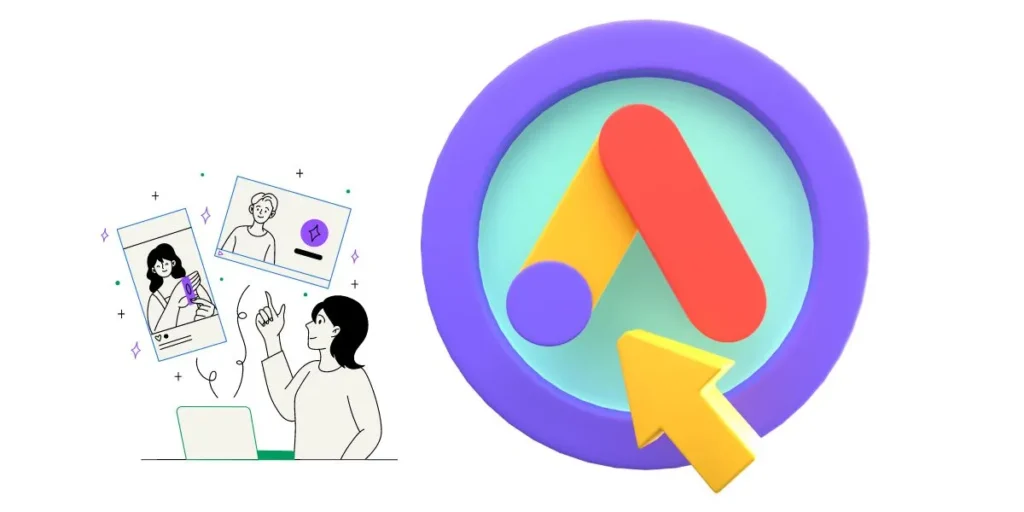
Pay-Per-Qualified Lead Models
For industries like home remodeling or interior design, where lead quality is more important than volume, the pay-per-qualified lead model may be ideal. This model ensures that only highly qualified leads enter the funnel, saving your sales team time and improving conversion rates.
- Learn how lead qualification can be optimized for home builders: Home Builder SEO.
Subscription Models for Lead Acquisition
Subscription models offer a steady flow of leads at a fixed monthly rate, which works well for businesses looking to maintain consistent lead volume throughout the year, such as general contractors and landscapers. This model helps businesses budget effectively while keeping a constant stream of leads for their sales team.
- Explore how subscription lead generation could work for your business: General Contractor Marketing.
Measuring and Monitoring Lead Generation Efficiency
Tracking key performance indicators (KPIs) is essential for evaluating the success of your lead generation efforts. Industries like water restoration, HVAC, and roofing can benefit from consistently monitoring metrics such as CPL, conversion rate, and lead-to-customer ratio to ensure that their strategies are both cost-effective and delivering high-quality leads.
Cost Per Lead (CPL) vs. Customer Acquisition Cost (CAC)
Balancing CPL with Customer Acquisition Cost (CAC) ensures profitability across industries. For example, in HVAC, even if CPL is higher, if CAC remains manageable due to a high conversion rate, the overall profitability is maintained.
For more detailed guidance on understanding CPL vs CAC, refer to this CPL vs CAC guide.
By tracking these metrics and adjusting campaigns as necessary, businesses can lower their lead costs while ensuring lead quality remains high.
- Optimize your lead generation and home builder advertising efforts: Home Builder Advertising.
Get the Most Out of Your Leads with 7Ten Marketing
Generating high-quality leads doesn’t have to break the bank. Whether you’re in roofing, HVAC, or home remodeling, understanding the key factors driving lead costs and optimizing your marketing channels can help you get the most out of your budget. By improving your targeting, leveraging SEO for long-term growth, and implementing marketing automation, your business can lower CPL while still attracting leads that convert.
At 7Ten Marketing, we specialize in helping businesses across industries reduce their lead costs through tailored strategies that work. If you’re ready to optimize your lead generation, let us take your business to the next level with our expert marketing services.
Ready to boost your lead quality and lower costs? Get in touch with 7Ten Marketing today and see how our custom marketing solutions can transform your business. Contact Us Now to get started!
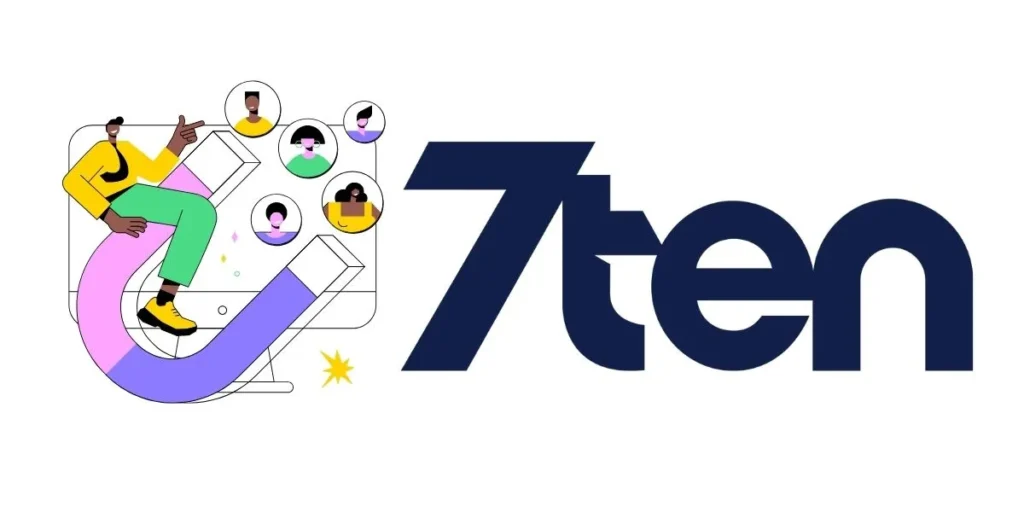
Related Posts


How to Add a Second Location to Your Google Business Profile
Learn More
